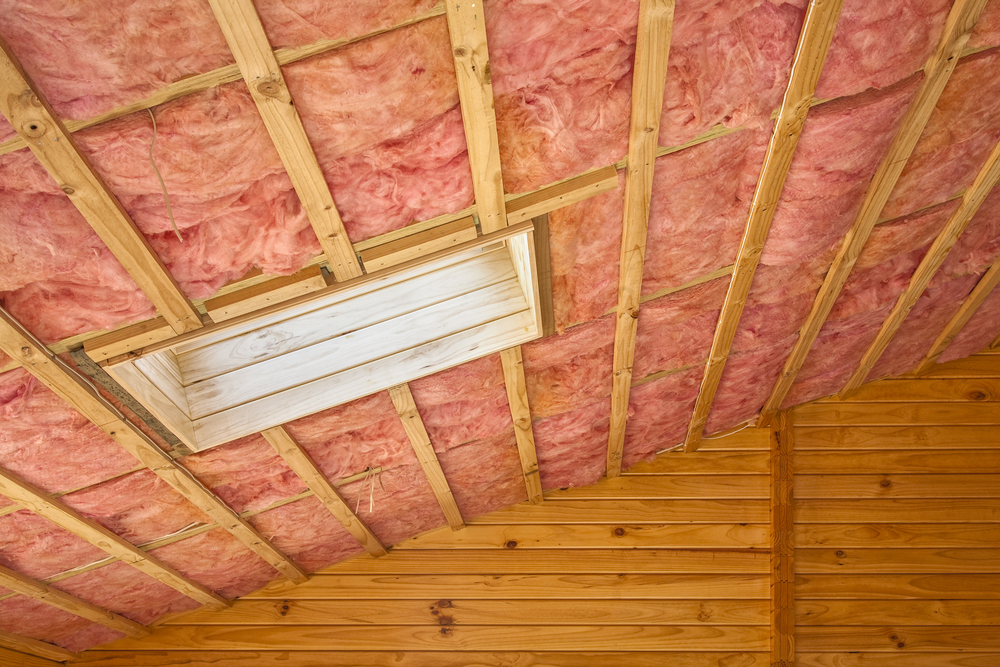Call Us
1-866-968-0479Key Takeaways:
Crawlspaces are dark, often damp, and rarely visited in our homes. Because of this, they’re easy to overlook when it comes to insulation. But crawlspace insulation is essential for making your home more energy efficient and preventing mold growth.
Unfortunately, there are a few common issues that every homeowner should be aware of when it comes to traditional crawlspace insulation in older homes. Let’s look at what these problems are and how you can avoid them.
In short, properly installed insulation in your crawlspace can save you money on energy bills, reduce moisture issues and protect against pests. With insulation in place, the air temperature inside your home will be more consistent year-round, making for a much more comfortable living environment. Additionally, extra insulation can help reduce noise pollution from outside sources like traffic or animals creeping around your property late at night.
Water is the worst enemy of crawl space insulation. Moisture weakens the insulating capacity, and the weight of the water causes it to fall. If the fiberglass batts haven’t already fallen, they’re about to. And the moist insulation batts on the crawl space floor provide an ideal breeding ground for mold, mildew, germs, insects, rats, and a variety of other creepy crawlies, including termites.
Some homeowners feel that installing closed-cell spray foam insulation would address the leaking problem; however, this will merely disguise the problem and lead to worse difficulties in the future.
Solution:
First and foremost, you must determine the source of the moisture. If the moisture is caused by inadequate circulation, lay a vapor barrier on the floor to keep it dry. In the worst-case situation, if water enters the foundation walls, they will need to be repaired.
In a crawlspace, moisture can be especially problematic because it increases the risk of mold growth. Once wet, traditional insulation, such as fiberglass, can serve as a breeding ground for mold. The fiberglass material will absorb moisture entering the crawl area, indefinitely diminishing its R-Value and insulation qualities.
That moisture can then make its way up to the structural wood, increasing the likelihood of mold growth and wood decay. Mold can also spread throughout your home, reducing air quality and causing respiratory issues for people in the space. Additionally, moisture-damaged wood will weaken over time and eventually need to be replaced.
Solution:
The first option is to keep your insulation dry. Some homeowners have discovered that open cell spray foam insulation is an excellent choice since it is moisture permeable and produces an air seal, keeping the flooring warm and your home more comfortable.
One of the most common issues with crawlspaces is inadequate insulation and air sealing. This can lead to significant problems with heat loss or gain throughout your home, making it uncomfortable and costing you more money in heating or cooling costs.
Solution:
Proper insulation should be installed between the joists and around any pipes or vents to avoid these issues. Additionally, adequate air sealing must be done around windows, doors, and other openings to ensure no air leaks or come in from outside sources.

Another common issue with crawlspaces is improper ventilation. Without proper ventilation, moisture can build up inside the space, leading to mold and mildew growth, negatively impacting indoor air quality, and causing structural damage over time due to wood rot or rusting metal components.
Solution:
Ensuring adequate ventilation is key to preventing this problem; depending on your climate, a dehumidifier may also be necessary.
Older homes with Crawlspaces are more likely to have insulation that has either sagged or fallen due to age or water damage. Over time, gravity can cause fiberglass insulation under the home to tumble down from the crawl space ceiling, exposing your flooring to cold air and making them colder. When this happens, you are effectively left with no functioning insulation beneath your house.
Solution:
If you have fiberglass, you must inspect it regularly to ensure that it is not sagging or falling from the crawl space roof. Consider a more long-term option, such as open-cell spray foam insulation for the crawl space.
Improper installation can be another issue with crawlspace insulation—if not done correctly, the material won’t provide nearly as much energy efficiency as it should!
Solution:
Make sure you get professional help if you decide to install new insulation yourself; otherwise, you could end up wasting both time and money on a subpar job that doesn’t do its job properly.
Finally, suppose your energy bills have been steadily increasing despite no major changes in usage patterns or lifestyle. In that case, this could be another sign that something is wrong with your crawlspace insulation. A sudden spike in energy costs could indicate heat escaping through poorly insulated spaces and out into the atmosphere via cracks or holes around windows and doors.
Solution:
To check for this issue, inspect all areas where two different building materials come together (e.g., walls and floors) for any gaps where heat could escape inside your home’s interior spaces.
With proper care and attention given to crawlspace insulation projects, homeowners can also ensure their homes remain comfortable year-round while saving money on their energy bills!
Absolute Roofing and Construction, Inc. provides high-quality insulation services to North Royalton, Ohio homeowners. We specialize in crawl and attic space insulation and have experience working with various insulation materials such as fiberglass, cellulose, and spray foam.